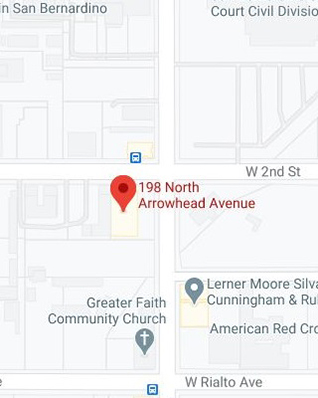In this video, Carlos Batara outlines:
(a) What family members you can and cannot sponsor for permanent resident benefits;
(b) The different categories of immigrants who are eligible for green cards are placed into – immediate relatives and visa petition beneficiaries;
(c) How fast the applications for the different categories are processed.
The process for bringing or keeping your family together – the family unification process – starts with applying for an immigrant relative visa. The process begins with filing USCIS Form I-130.
After your petition is approved, your case moves forward to the green card application stage.
The paperwork for seeking a visa for your relative may look simple. But appearances are deceiving.
There are a vast array of rules for immigrant relative petitions and family visas.
These regulations quite often make successfully completing the first step of the green card process far more difficult than appears at first glance.
As a result, seeking out the advice of a family immigrant visas lawyer for step-by-step guidance is often crucial to I-130 success.
Depending on what relatives are being sponsored, the waiting times for permanent residence will vary.
Ready to take a serious and honest look at the strengths and weaknesses of your immigration case? Let’s get started with a personalized strategy and planning consultation . . .




